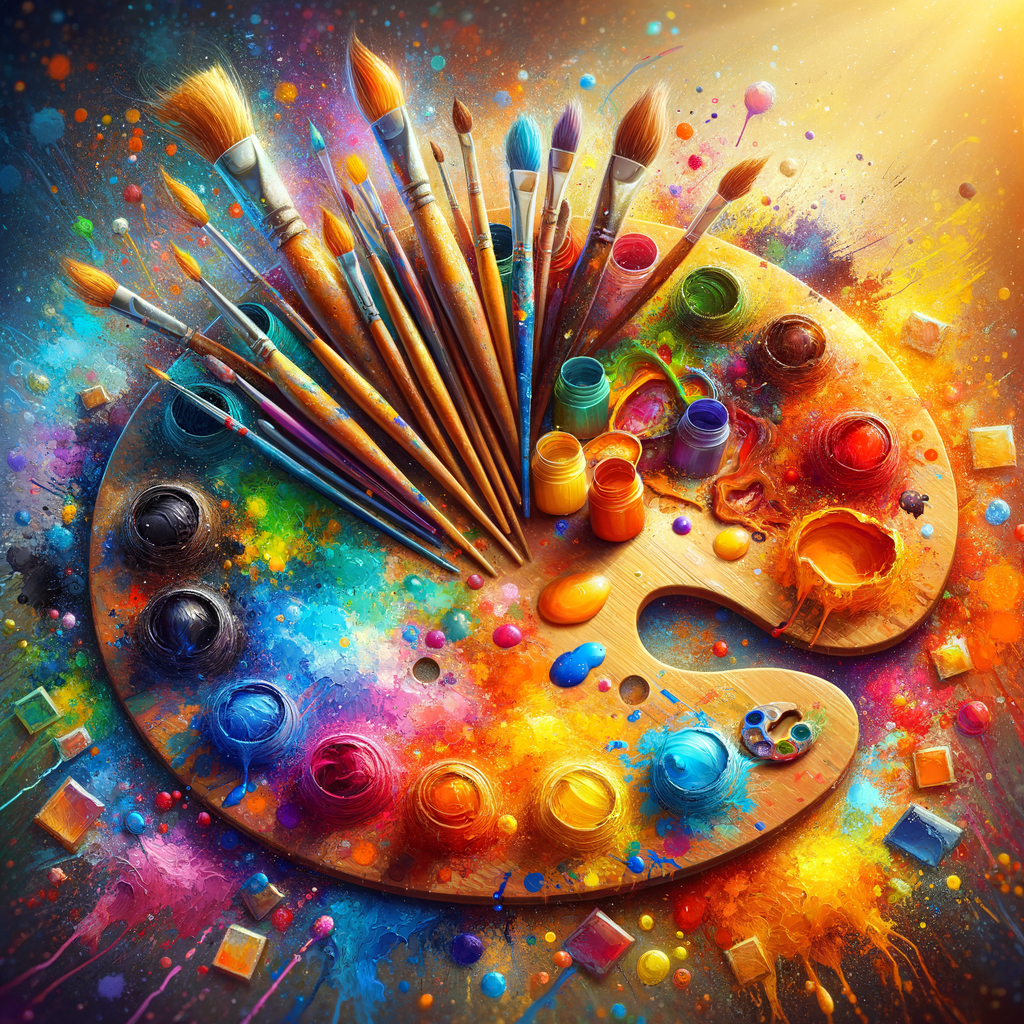
Color is one of the most powerful tools in an artist’s toolkit. Understanding how to use color effectively can transform your digital artworks from mundane to extraordinary. In this article, we will delve into the intricacies of color theory, explore practical techniques for color mixing, and provide actionable tips for creating harmonious color palettes that elevate your art. Whether you are a beginner or a seasoned professional, mastering color will enhance your artistic expression and help you communicate your vision.
Color theory is a vast subject that encompasses the science and art of color mixing and the visual effects of specific color combinations. It is essential for anyone involved in art, especially for digital artists who have at their disposal a multitude of color options and effects. Understanding the fundamentals of color can greatly impact the mood and aesthetic of your work.
In this guide, we will cover various aspects of color theory relevant to digital art, including:
- Basic Color Theory Principles
- Color Wheel and Color Harmony
- Types of Color Schemes
- Color Mixing Techniques
- Using Color in Digital Artwork
- Practical Tips for Managing Color
- Case Studies and Examples
Understanding the basic principles of color theory is fundamental to any artistic endeavor. At its core, color theory revolves around the color wheel, which organizes colors in a circular format based on their relationships. The primary colors—red, blue, and yellow—serve as the foundation, while secondary colors arise from mixing these primary colors together. Tertiary colors result from combining primary and secondary colors.
The color wheel opens up a discussion about color harmony, which refers to the pleasing arrangement of colors. There are several types of color schemes that artists often use:
- Complementary Color Schemes: These utilize colors from opposite sides of the color wheel, creating high contrast and vibrant compositions.
- Analogous Color Schemes: This scheme employs colors located next to each other on the color wheel, promoting a harmonious and serene effect.
- Triadic Color Schemes: Composed of three colors that are evenly spaced around the color wheel, this scheme produces vibrant and balanced artwork.
- Split-Complementary Schemes: This approach is a variation of complementary colors, using one base color and the two adjacent to its complementary color.
- Monochromatic Color Schemes: Focusing on one color and its shades, tints, and tones, this scheme offers simplicity while allowing for depth.
By understanding how these color schemes work, you can choose the right colors for your artwork to evoke specific emotions or messages. For example, using warm colors can express energy and excitement, while cool colors may convey calmness and tranquility.
Once you have grasped the theory, the next step is to master color mixing. Understanding how to mix colors accurately is essential for any digital artist—this skill allows you to create the specific shades you envision. There are several techniques you can employ when mixing colors digitally:
- Layering: In digital art software, layering colors can create depth and texture. Start with a base color and build up additional layers to achieve the desired effect.
- Opacity Adjustment: Adjusting the opacity of layers can help you create various tints and shades without muddying your colors.
- Blending Modes: Experiment with different blending modes in your art software to see how they affect color interaction. Modes such as Multiply, Screen, and Overlay can create unique color effects.
It is important to practice color mixing not only with standard colors but also with unique palettes. Some artists prefer to create custom palettes based on themes or emotions, which can lead to a more personal and expressive body of work. Here are some tips to manage color effectively in your digital artwork:
- Use Color Picker Tools: Utilize tools available in digital art software to sample colors from your artwork or reference images, ensuring accurate color selection.
- Create Color Palettes: Spend time developing a range of color palettes through experimentation. Save your palettes for future projects to streamline your workflow.
- Limit Your Palette: Sometimes, less is more. Limiting your color selection can help create a cohesive and focused composition.
- Study Nature: Nature is an excellent source of inspiration for color palettes. Observe and document color combinations you encounter in the world around you.
As we progress through this article, you will find detailed case studies highlighting how established digital artists effectively apply color theory in their work. These examples will serve as inspiration and provide practical insights you can implement in your own practice.
In conclusion, mastering color in digital art is not just about knowing which colors complement each other; it is about understanding the emotional and psychological impact of colors on your audience. By continually practicing and applying the principles of color theory, you will enhance your ability to create compelling, expressive artworks that resonate with viewers.

